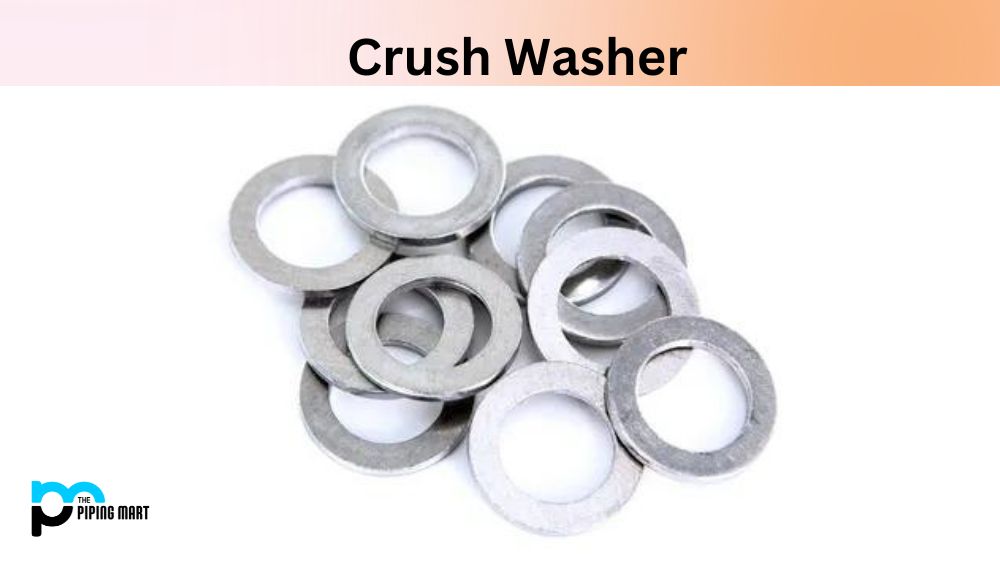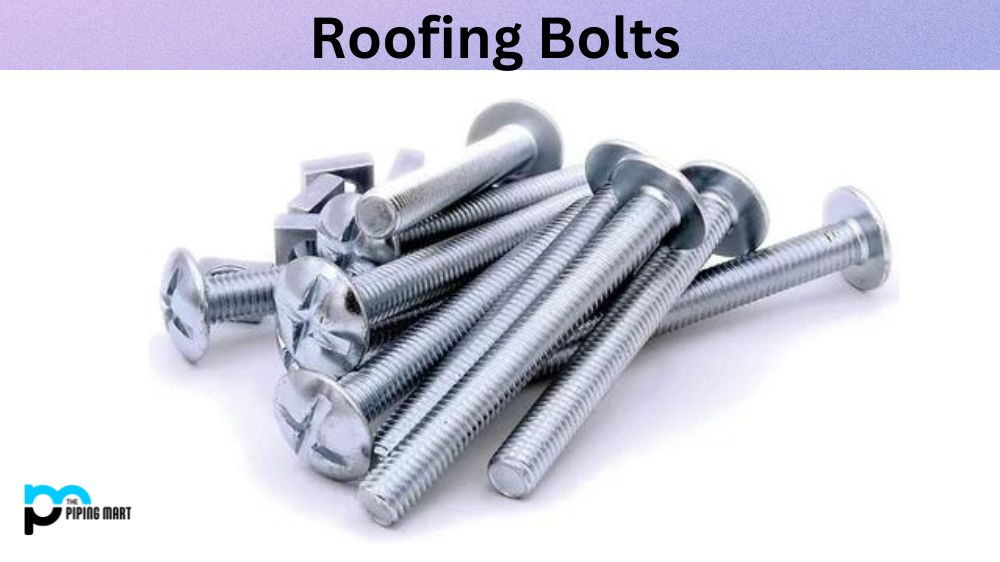When it comes to construction and DIY projects, choosing the right fastener is key. Two of the most common types of fasteners are structural screws and lag bolts. While they may look similar, they have some important differences that can affect the strength and stability of your project. In this blog post, we’ll compare structural screws vs lag bolts and help you choose the right one for your next project.
What is Structural Screws?
Structural screws are engineered fasteners designed for heavy-duty tasks like connecting two or more pieces of wood and metal, like in construction work. The threads are fine-tuned for stronger joints, providing greater torque resistance. They’re also corrosion-resistant and self-tapping, making them ideal for outdoor projects.
What is Lag Bolts?
Lag Bolts are a type of fastener used to connect two pieces of material together, usually wood. They are distinguished by the square or hexagonal-shaped head and threaded shaft that typically has a coarse thread with deep grooves. This allows the lag bolt to bite into the material, creating a secure grip. It is often used in exterior applications where corrosion resistance is important.
Difference Between Structural Screws and Lag Bolts
Design:
The most visible difference between structural screws and lag bolts is their design. Lag bolts are large and have a hexagonal head, while structural screws are sleek and have a flat top. Structural screws are designed for specific applications, while lag bolts are more general-purpose fasteners.
Material:
Both structural screws and lag bolts can be made of different materials, including steel, stainless steel, and galvanized steel. However, structural screws tend to be made of higher-quality materials, such as hardened steel and are often coated with a protective finish for added durability.
Strength:
The strength of structural screws vs lag bolts is crucial when choosing between the two. Structural screws are designed to withstand high loads and stresses, making them ideal for heavy-duty projects. Lag bolts, on the other hand, are generally less strong and are better suited for lighter loads.
Installation:
Another important factor to consider is the installation process for each fastener. Structural screws are typically easier to install than lag bolts, as they require less drilling and typically have fewer steps. Lag bolts, on the other hand, require deeper drilling and may require pre-drilling to prevent splitting or cracking of the wood.
Cost:
Finally, cost is always considered when choosing between structural screws and lag bolts. Structural screws are more expensive than lag bolts but offer greater strength and durability, making them a better long-term investment.
Conclusion:
When choosing between structural screws vs lag bolts, there are a few key factors to consider, including design, material, strength, installation, and cost. Ultimately, the right choice will depend on your specific project and needs. If you’re working on a heavy-duty project that requires a lot of strength and durability, structural screws may be the better choice. If you’re working on a lighter project and cost is a concern, lag bolts may be a better option. By understanding the differences between these two fasteners, you can make an informed decision and ensure the success of your project.

A passionate metal industry expert and blogger. With over 5 years of experience in the field, Palak brings a wealth of knowledge and insight to her writing. Whether discussing the latest trends in the metal industry or sharing tips, she is dedicated to helping others succeed in the metal industry.




